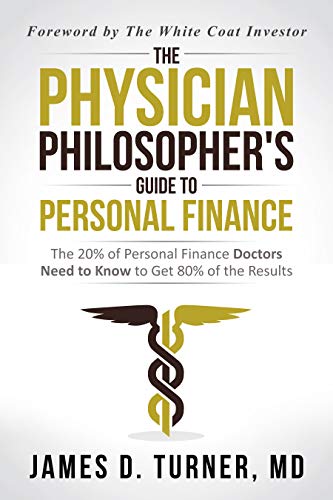If you took out federal student loans after 2007, the master promissory note—the legal contract between you and the US government—had this buried in it:
A Public Service Loan Forgiveness (PSLF) program is also available. Under this program, we will forgive the remaining balance due on your eligible Direct Loan Program loans after you have made 120 payments on those loans (after October 1, 2007) under certain repayment plans while you are employed full-time in certain public service jobs. The required 120 payments do not have to be consecutive. Qualifying repayment plans include the REPAYE Plan, the PAYE Plan, the IBR Plan, the ICR Plan, and the Standard Repayment Plan with a 10-year repayment period.
That’s the part that makes your loan eligible for PSLF if you meet the requirements. You’ll notice there are no loan amount caps, needs testing, or other caveats. The program is in the fine print.
And this is precisely why every budget proposal from Obama (who wanted to cap the forgiven amount) and Trump (who wants to cancel the program) has specified that any change would affect new borrowers. (This is not to mention the variety of recent Democratic presidential candidate proposals to dramatically expand student loan forgiveness).
Who is a “new” borrower? Basically someone who borrows money after the law is created and doesn’t already have older loans. To illustrate how the feds have used this term in the past, look no further than the language in the MPN regarding the Pay As You Earn (PAYE) repayment plan.
The PAYE Plan is available only to new borrowers. You are a new borrower for the PAYE Plan if:
*(1)* You had no outstanding balance on a Direct Loan or a FFEL Program loan as of October 1, 2007, or you have no outstanding balance on a Direct Loan or a FFEL Program loan when you obtain a new loan on or after October 1, 2007, and
*(2)* You receive a disbursement of a Direct Subsidized Loan, Direct Unsubsidized Loan, or student Direct PLUS Loan (a Direct PLUS Loan made to a graduate or professional student) on or after October 1, 2011, or you receive a Direct Consolidation Loan based on an application received on or after October 1, 2011. However, you are not considered to be a new borrower for the PAYE Plan if the Direct Consolidation Loan you receive repays loans that would make you ineligible under part *(1)* of this definition.
Now, even the legal nuances may all be moot for at least the short term, because democrats have been more interested in expanding loan forgiveness than canceling it, and most of the gazillion of the current presidential candidates have been trying to promote free college. With Democrats controlling the house, the chances of PSLF being destroyed in the short term are pretty low. Congress couldn’t even get this done with republican majorities in the house, senate, and a sitting president.
Now, in a couple more years in when the forgiven amounts balloon, the issue may come to a more heated debate no matter who is in charge. Because the overall student loan situation, PSLF or not, is untenable, unsustainable, and rapidly robbing young Americans (and thus the future of our country) of their chance at economic prosperity. Something has got to give.
But to give you an idea of how not imminent this is, keep in mind the Republican congress passed a temporary expansion of the existing program to help people who didn’t read the fine print.
However, the long-term health of the program is irrelevant if you’re already in school. Because the changes, whenever they come, should not affect you.
Websites and news outlets love to play up PSLF-doom-stories because they make for great clickbait (and also encourage private refinancing referrals from which many of them profit). But the clear take-home message from both the MPN and political proposals is that it does not matter what happens to the program if you’ve already made the decision to borrow money for school based on the program’s existence. When people rely on a program, you can’t pull the rug out from underneath them (not just because it’s unfair, it’s actually illegal).
And, for the hyper-cynical among you, when Trump’s Department of Education tried to do so in a very limited fashion recently (by retroactively denying some lawyers who fell into a gray zone of non-501(c)(3) nonprofits that must be approved on a case-by-case basis), the courts shut them down pretty robustly. You can’t change the rules of the game if people are already playing.

